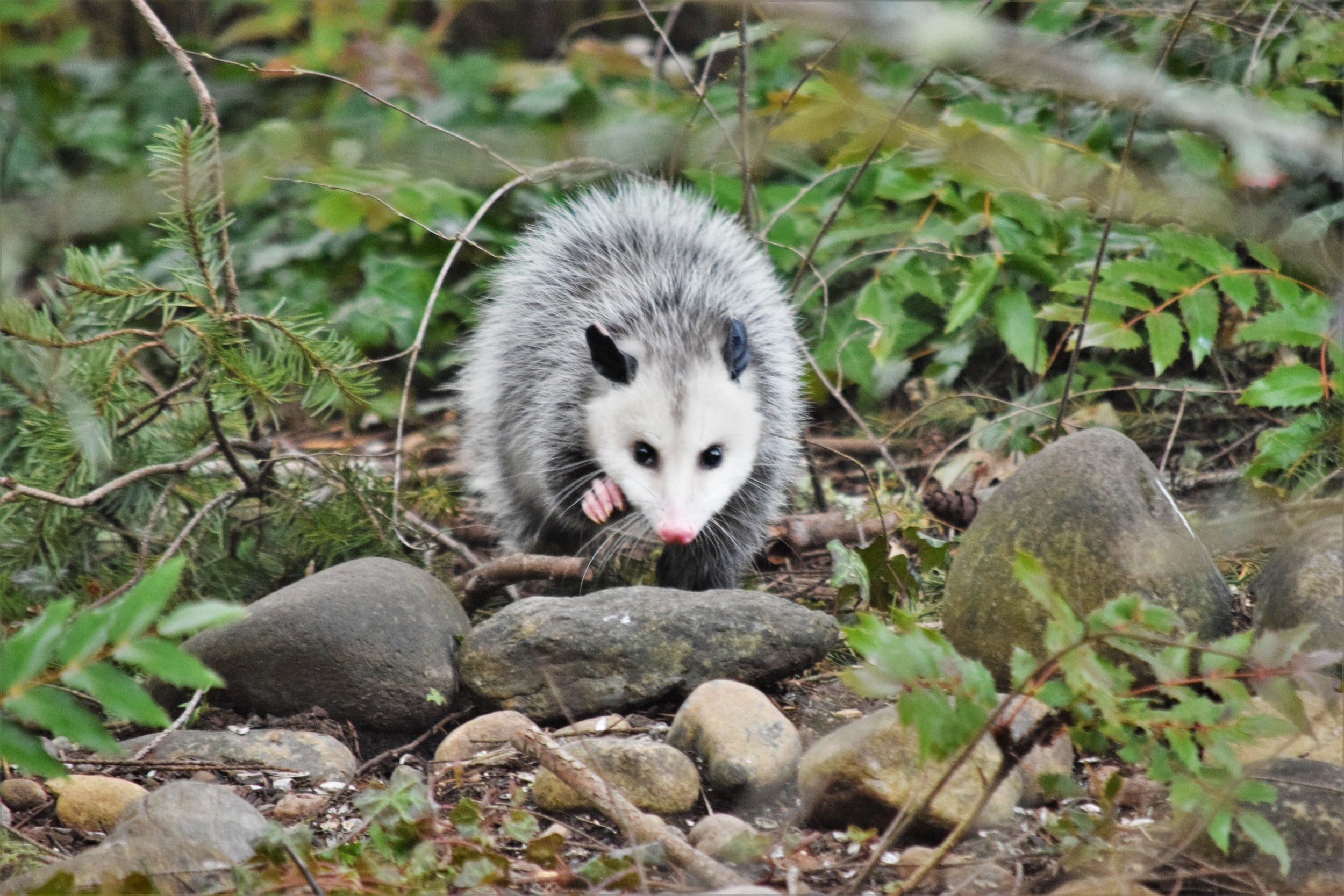American Marsupials Ameridelphia
American Marsupials (Ameridelphia) are found throughout South America, excluding the central/southern Andes and parts of Patagonia; and through Central America and south-central Mexico, with a single species widespread in the eastern United States and along the Pacific coast. There are approximately 334 extant marsupials found in Australia and America, and out of these 30% are found in the Americas—primarily in South America, thirteen species are found in Central America, and only one in North America, north of Mexico.
Ameridelphidia
Ameridelphia is a superorderer that includes all marsupials living in the Americas (South and North America) except for the Monito del monte (Dromiciops) which lives in Southern Argentina and Chile. It is now regarded as a paraphyletic group.
The orders within Ameridelphia include:
Order Didelphimorphia (108 species)
Family Didelphidae: opossums
Order Paucituberculata (7 species)
Family Caenolestidae: shrew opossums
The Didelphimorphia, or opossums, are carnivorous, omnivorous or insectivorous and range in body weight from 20 g to several kilograms. Didelphimorphians include (the North American or ‘Virginia’ opossum – Didelphis virginiana and the grey short-tailed opossum – Monodelphis domestica). These species have been used as laboratory species in the neurosciences.
Introduction to South American marsupial brain morphology
South American marsupials also have similar brain types to those found in Australasian marsupials. Monodelphis and Didelphis have Type 1 brains. The living Dromiciops gliroides (Microbiotheria) shares similar external brain morphology with Type 1 Australian marsupials. Type IV Some caenolestid marsupials such as Lestoros inca (raton rancho) and Canenolestes obscures have similar brain morphology to the marsupial mole (Type IV) (based on illustrations in Ziehen 1897; Herrick 1921; Obenchain 1925).
Virginia Opossum Didelphis
Eastern caenolestid Caenolestes sangay from Parque Nacional Sangay photo by Jbritomolina

